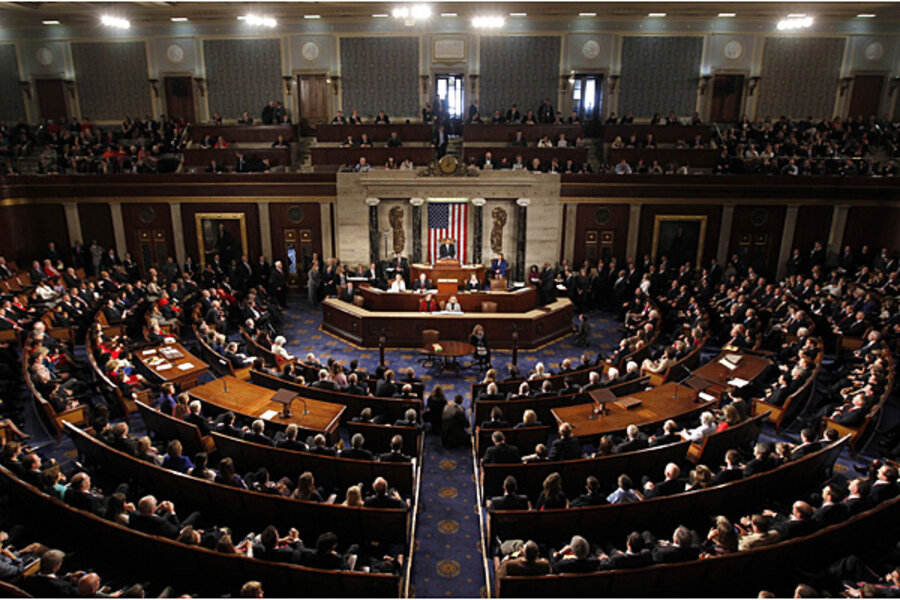What the 'fiscal cliff' deal really means for taxes and spending
Loading...
Everyone trying to sort out the fiscal cliff deal is getting hopelessly tangled in budget baselines. Are taxes going up? Or are they going down? There is an easier way: Forget the multiple baselines. Just look at what is happening to total spending and total revenues.
My Tax Policy Center colleagues ran the numbers and they tell two important stories—one about budget policy and the other about budget politics.
The policy story is simple: The cliff deal (plus expected economic growth) does begin to reduce the deficit to levels approaching sustainability, though the red ink begins to flow faster after about five years. And since TPC’s projections include some optimistic assumptions about both spending and tax revenue, deficits could be even higher than the estimates.
The political picture is even more challenging. Under the agreement, revenues in 10 years will reach about 19.4 percent of Gross Domestic Product, and that is at the very high end of what most Republicans say is tolerable. Spending will exceed 22 percent, at the low end of what many Democrats think is acceptable given the aging of the population. Looking at taxes and spending as a share of GDP shows just how tough it will be for the parties to reach a fiscal compromise.
Under the agreement, in 2013 the federal government is projected to spend about 22.7 percent of GDP, and it will collect about 16.6 percent of GDP in taxes and other revenues. That spending level is not very different from what the Congressional Budget office figured in its most likely fiscal scenario back in August, but taxes are about 0.3 percent of GDP higher.
The deficit in 2013 under the cliff deal: A steep 6.1 percent of GDP.
But the picture changes after the first year. Revenue rises and spending falls, in part because CBO figures the economy is improving. Under the cliff agreement, in 2017 spending falls to 21.5 percent of GDP, while revenues rise to about 19 percent for a deficit of about 2.5 percent of GDP, which is not too bad. Spending is about 1 percentage point lower and taxes about 0.7 percent higher than under CBO’s fiscal projection.
By 2022, spending will rise to about 22.3 percent of GDP and revenues to about 19.4 percent, and the deficit will be back up to 2.9 percent of GDP. However, spending will be about 1.8 percent lower than under CBO’s most likely scenario, and revenues about 0.8 percent higher.
Both spending and taxes will be lower under the cliff deal than under President Obama’s 2013 budget.
Some important technical points: These estimates exclude interest. They also assume that the temporary tax provisions (the so-called extenders) and the temporary Medicare physician payment adjustment (the doc fix) expire in a year as the law states. If not, or if they are not paid for some other way, long-term revenues would be lower and spending quite a bit higher. Similarly, if the automatic spending cuts known as the sequester are repeatedly postponed and not replaced with other spending reductions, the deficit would also balloon.
There are lots of ways to look at this agreement but this one—spending and revenues as a share of the economy—can clarify a lot that is hidden under all those baselines.







